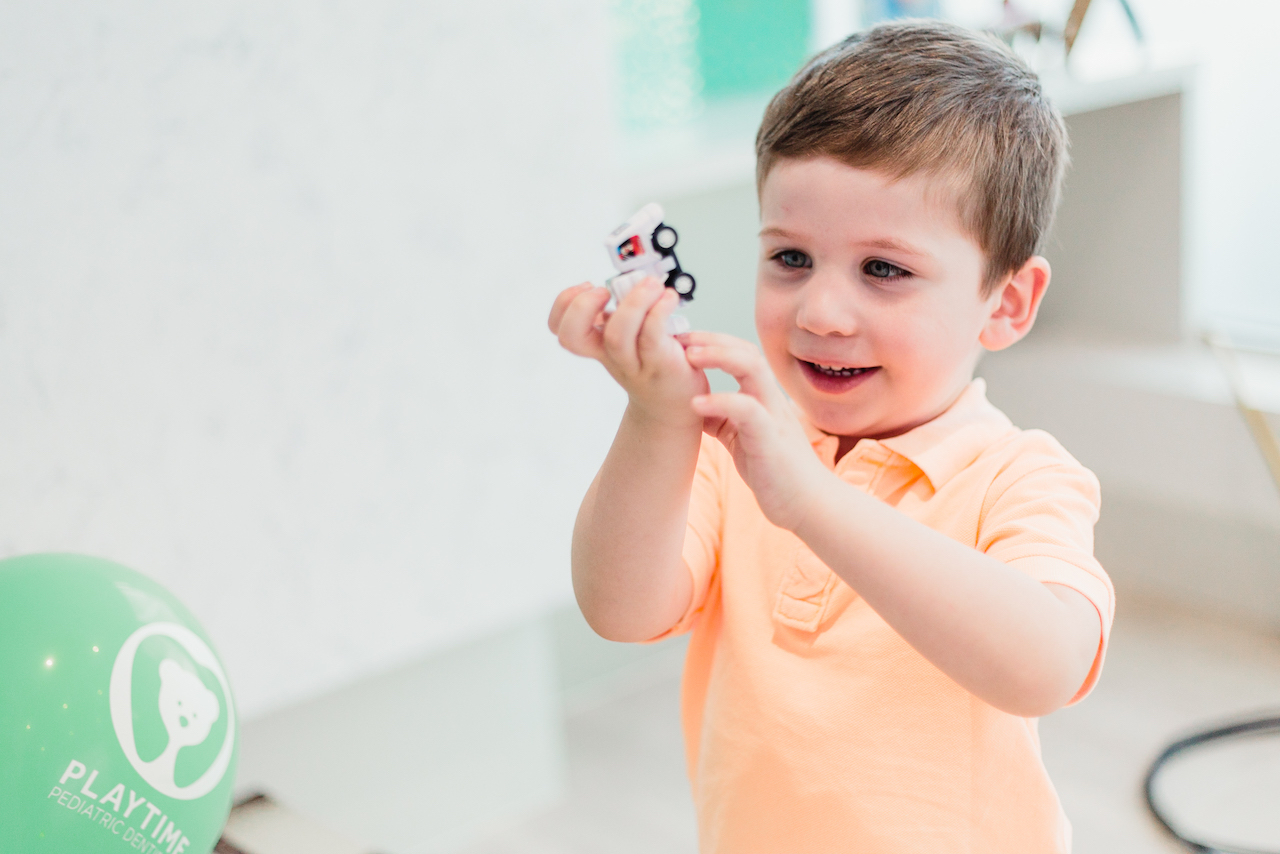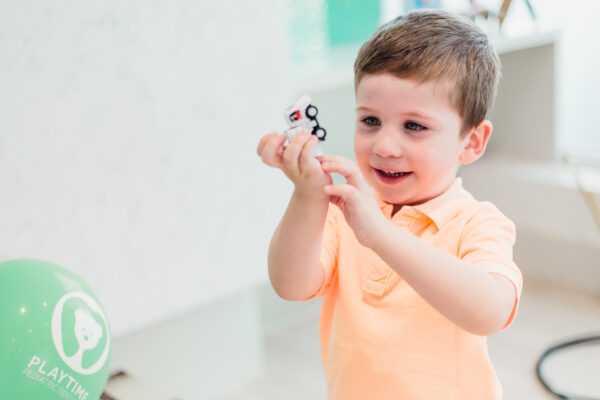Hello, parents! We understand your concerns about your child’s dental health, especially when it comes to those tiny baby teeth. Rest assured we are here to guide you through why caring for these temporary teeth is crucial. Why do dentists fix cavities for children is an important questions to ask. Basically, despite their short lifespan, baby teeth are foundational for your child’s overall development. Let’s explore how we can keep those first smiles healthy and bright together.
Guiding Permanent Teeth: This is one of the main reasons dentists fix cavities for children. Baby teeth act like placeholders, ensuring there’s enough space and proper guidance for adult teeth when they start to come in. They help maintain the arch length in the jaw, which is vital for the alignment of permanent teeth. Click here to book a dental appointment.
Development of Speech and Eating: Primary teeth are essential for your child’s ability to speak clearly and chew food properly, which is critical for nutrition during these formative years.
Facial Structure: These teeth influence the development of your child’s facial muscles and jaw, contributing to their overall facial appearance.
Now, despite your best efforts in maintaining good dental hygiene, sometimes cavities do occur. Cavities in children start with bacteria like streptococcus mutans that feed on sugars, producing acids that erode tooth enamel. This is why it’s recommended to schedule your child’s first dental visit soon after their first tooth appears or by their first birthday. Click here to book a dental appointment.
How We Fix Cavities:
Treating cavities in children is quite similar to adults but tailored to their comfort and needs. Here’s what you can expect:
Assessment: We’ll first assess the extent of the decay, considering your child’s age, symptoms, and overall dental health.
Anesthesia: We use a local anesthetic to ensure your child feels no pain during the procedure.
Removing Decay: Using a drill or laser, we carefully remove the decayed part of the tooth.
Filling the Tooth: After ensuring all decay is gone, we clean the area and fill it. You have options for fillings:
Amalgam (Silver Fillings): Durable and cost-effective, ideal for back teeth where aesthetics are less important.
Composite Resin (White Fillings): Tooth-colored, blending seamlessly with natural teeth, perfect for front teeth or for those who prefer a natural look.
Polishing: We finish by polishing the tooth to ensure it’s smooth and less prone to future decay.
Remember, maintaining healthy primary teeth isn’t just about preventing pain or infection; it’s about setting the stage for a lifetime of good oral health. Your child’s first set of teeth are fundamental to their overall development. Let’s work together to keep those smiles bright and healthy!
Book A Dental Appointment

As with adults, your child needs to get their teeth cleaned and a dental checkup every six months. Kids should start going to the dentist soon after their first tooth erupts or around their first birthday, whichever happens first. Click here to book a dental appointment.
